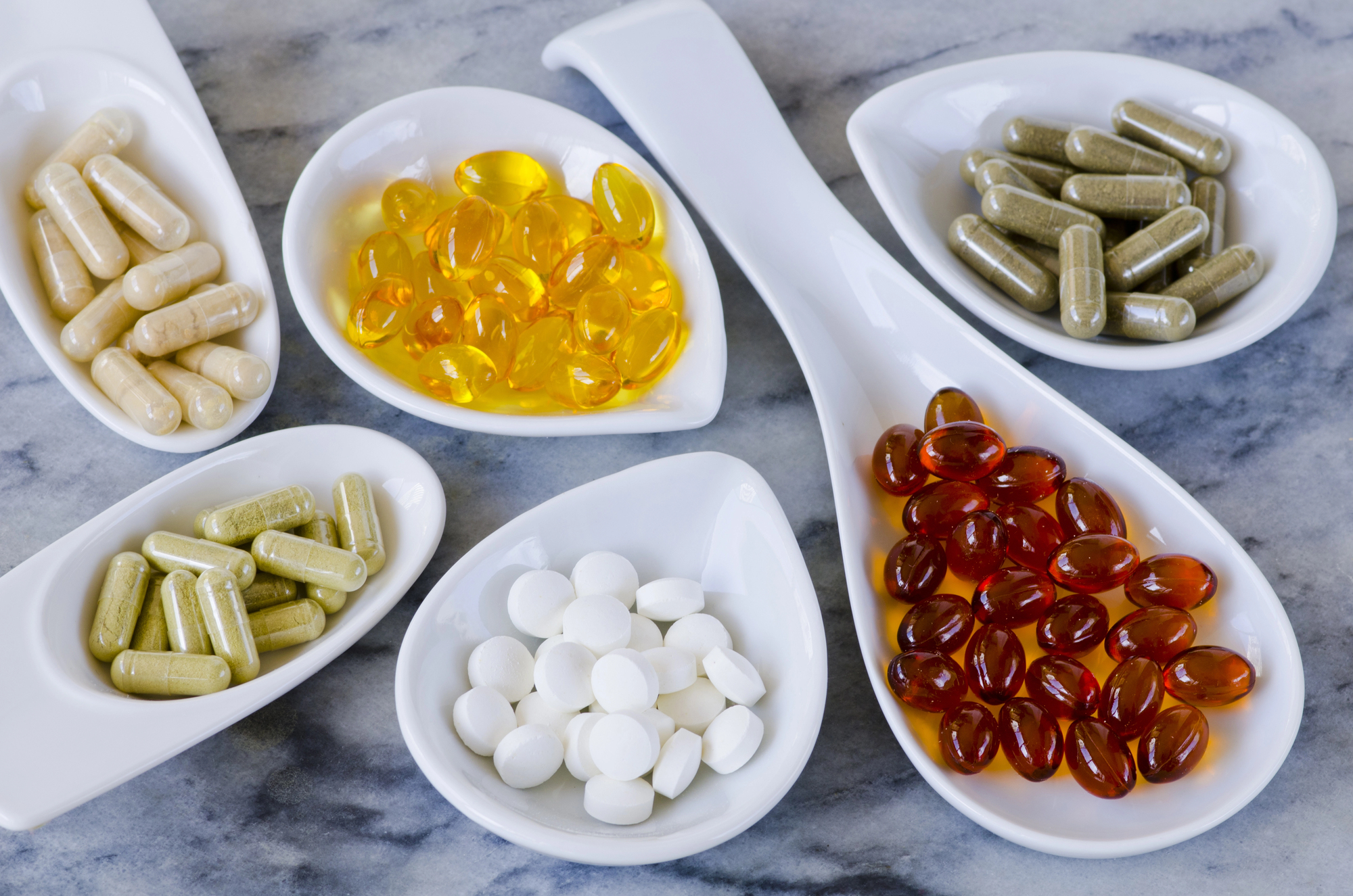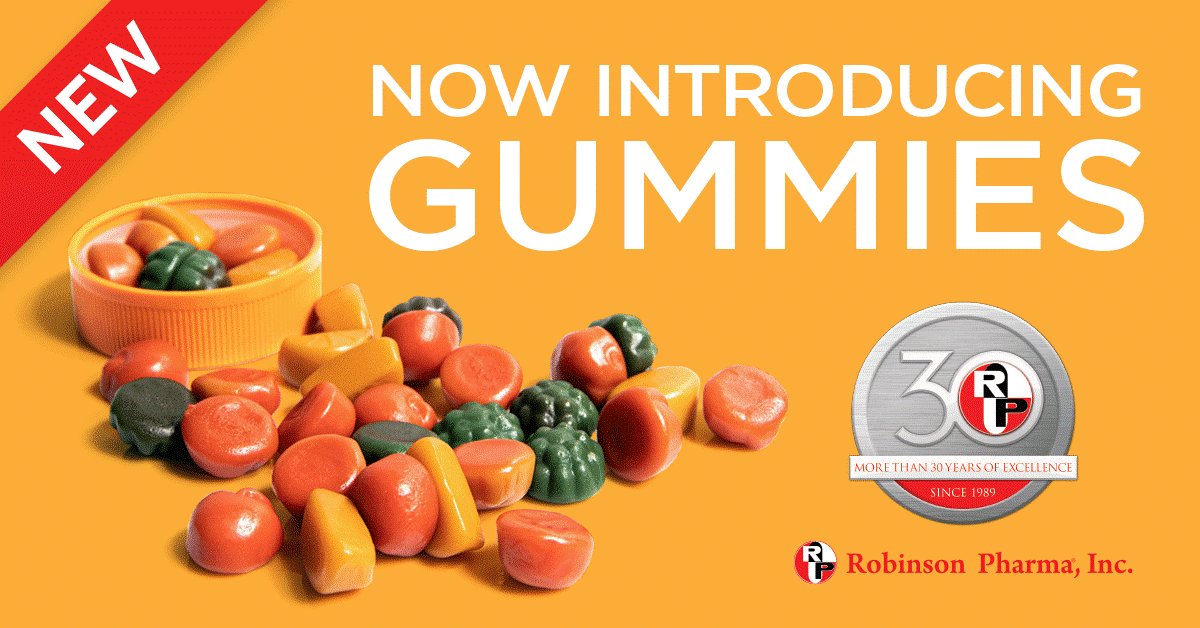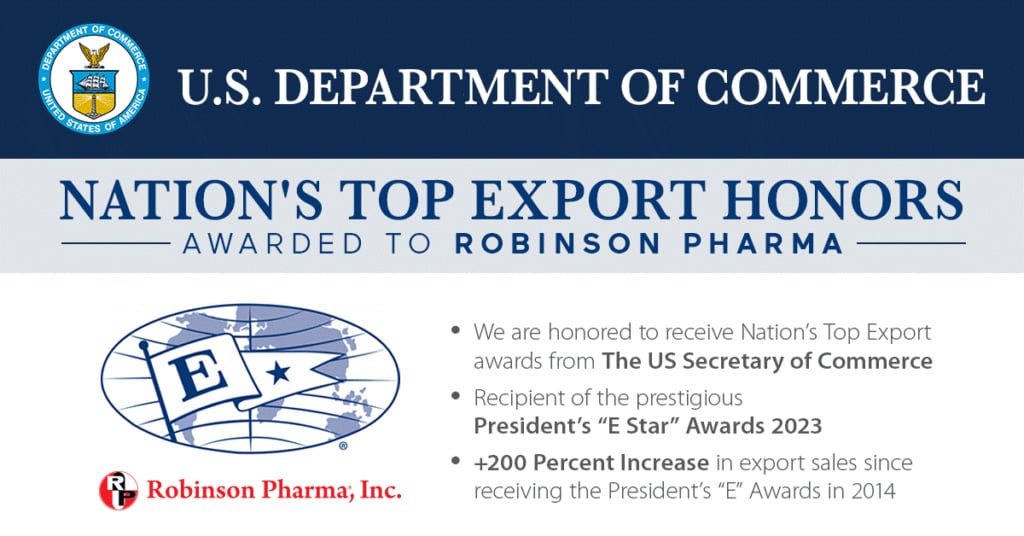The tablet manufacturing process for dietary supplements is gaining attention as consumers seek effective nutritional supplementation solutions. Understanding the tablet production process helps manufacturers ensure product quality and provides peace of mind for consumers. This article will explore the various aspects of the tablet manufacturing process, including objectives, techniques, step-by-step execution, and the benefits and drawbacks of tablet form.
Key Takeaways
- The ultimate goal of the tablet manufacturing process is to produce durable tablets that offer effective bioavailability and maintain consistent quality.
- There are three basic techniques for tablet manufacturing: wet granulation, dry granulation, and direct compression.
- The benefits of tablet form in dietary supplements include high convenience, low-cost mass production, and ease of adjustment.
- When choosing a manufacturer for supplement tablets, consider their facilities, certifications, workforce expertise, and flexibility in customization.
What Are Tablet Manufacturing Process Goals
In the tablet manufacturing process, several important goals must be achieved to ensure the quality and effectiveness of the final product.
First, tablets must be developed with high hardness and durability to withstand mechanical shocks during manufacturing, packaging, transportation, and distribution. This protects the integrity of the tablets and ensures they reach consumers in the best condition.
Second, producing tablets with uniform weight and active ingredient content is crucial for ensuring consistent therapeutic efficacy. Furthermore, the product must meet bioavailability requirements, allowing the body to optimally absorb and utilize the active ingredients.
Additionally, tablets need to be chemically and physically stable and capable of maintaining quality over an extended period. Finally, the manufacturing process should focus on creating flawless products with a refined finish, enhancing the aesthetic value and branding of the product.
Types Of Tablet Manufacturing Process Techniques
Wet Granulation
Wet granulation is one of the most common methods in tablet manufacturing. This technique involves using a liquid binder to agglomerate dry powder, increasing particle size and improving uniformity.
The process includes simple steps like weighing, grinding, mixing pharmaceutical ingredients with excipients, then adding a binding solution to form a wet mass. This mixture is then dried and compressed into tablets. This technique ensures the tablets meet the necessary physical standards.
Advantages:
- Strong binding performance
- Wide range of applications
- Various methods, such as high shear granulation (HS), twin screw (TS), and fluid bed granulation (FB)
- Suitable for continuous manufacturing (CM)
Disadvantages:
- High equipment footprint and operational costs
- Use of organic solvents
- High risk of residual solvents

Dry Granulation
Dry granulation is an efficient option for heat- and moisture-sensitive materials. This method uses pressure to compress powder into larger tablets without requiring liquids.
The process involves weighing and grinding components, mixing them, and then compressing them into small tablets before sieving to create uniform granules. Although it involves fewer steps than wet granulation, dry granulation still ensures the quality of tablets, particularly for sensitive ingredients.
Advantages:
- Suitable for direct compression methods (CM)
- No need for solvents
Disadvantages:
- Challenging to achieve a balance between firm granules and compressibility
- Requires specialized equipment
- DC excipients need to ensure the compatibility of the powder mixture
- Higher cost of raw materials
Direct Compression
Direct compression is the simplest and most cost-effective method in tablet manufacturing. This technique requires only mixing powders and compressing them without any granulation step, minimizing production time and costs.
The process involves grinding components, mixing them with lubricants, and compressing them into tablets. Direct compression is ideal for non-heat-sensitive materials, ensuring high stability and minimizing variability between product batches.
Advantages:
- Suitable for continuous manufacturing (CM)
- Highly efficient process
- Reduces stress on active pharmaceutical ingredients (APIs), suitable for sensitive APIs
- Requires less time and materials
- No solvents involved
- Fewer processing steps
Disadvantages:
- The cost of raw materials for this method is generally higher.
Comprehensive Tablet Manufacturing Process: Step By Step
The tablet manufacturing process is a complex, multi-step procedure that ensures the final product meets the highest standards of quality and safety. Below are the detailed steps involved in the tablet manufacturing process for dietary supplements:
Step 1: Formulation
The first step in the tablet manufacturing process is to establish the formulation. During this stage, active ingredients such as vitamins, minerals, and herbs are identified and combined with inactive components like binders, disintegrants, and lubricants. An accurate formulation is crucial to ensure the tablets have the appropriate physical and chemical properties.
Step 2: Granulation
Once the formulation is finalized, the ingredients are mixed and processed into granules. The granulation process improves the flow properties of the powder, facilitating compression into tablets. This step ensures uniformity of content in each tablet.
Step 3: Tablet Compression
In the blending process in tablet manufacturing, after the granules are formed, they are compressed into tablets using a tablet press. The mixture in the formulation is fed into the tablet press, creating the desired shape and size. Modern presses are employed to ensure precision and efficiency in this critical step of the blending process in tablet manufacturing.
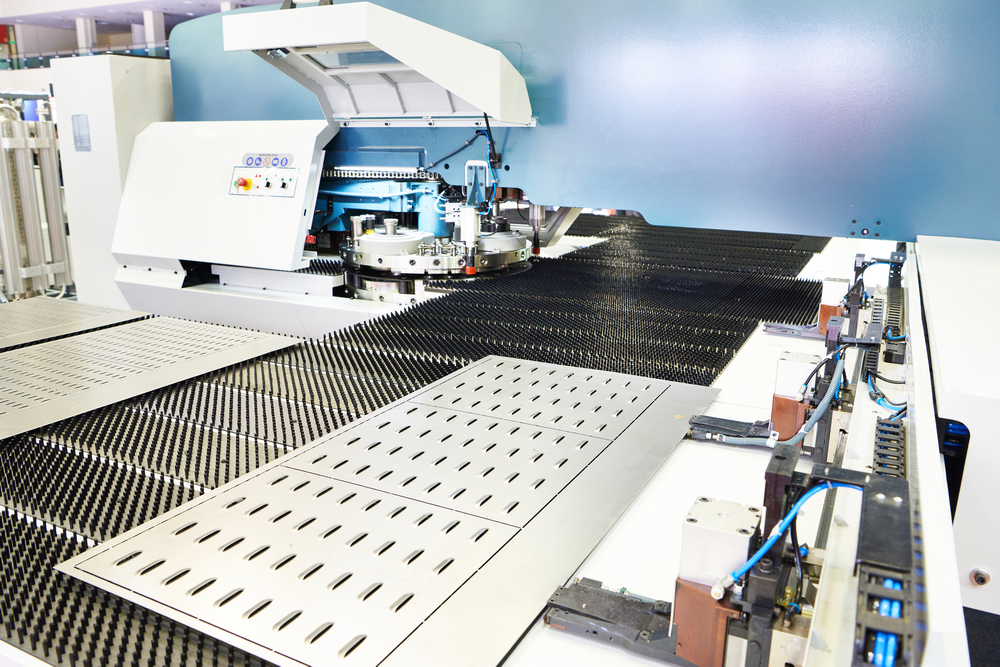
Step 4: Tablet Coating
Tablets may undergo a coating process to enhance their appearance, taste, and stability. The coating improves visual appeal and provides a protective layer against moisture and environmental factors, extending the product’s shelf life. Additionally, the coating makes the tablets easier to swallow and prevents them from disintegrating too quickly in the body.
Step 5: Final Testing
Quality control is a vital part of the manufacturing process. Stringent testing measures are conducted at each stage to ensure that the tablets meet high potency, purity, and uniformity standards. Dissolution tests and uniformity checks are essential steps to ensure consumer safety.
A review published on ScienceDirect states that pharmaceutical quality control should be determined based on the active pharmaceutical ingredients (APIs) and excipients necessary for production. These factors are analyzed to evaluate appearance, purity, impurities, residual solvents, heavy metals, particle size, bacterial endotoxins, and bacterial limits.
Step 6: Packaging and Labeling
The final step of tablet manufacturing is packaging the tablets for distribution. Packaging not only protects the tablets from environmental factors but also provides essential information to consumers. Clear and accurate labeling ensures that consumers understand the product and how to use it safely.
Benefits of Tablets in Dietary Supplements
Tablets offer numerous advantages in the manufacturing process, especially in the dietary supplement industry. Some notable benefits include:
- Mass production at low costs allows manufacturers to optimize production and distribution processes.
- Tablets are easy to use and suitable for customers who are frequently on the go.
- Tablets are easy to store, facilitating packaging and transportation.
- Tablets are lightweight and highly convenient, allowing for accurate dosage estimation, thereby enhancing consumer effectiveness.
- Tablets can be easily customized in color and identification marks, helping users differentiate between various medications and brands.
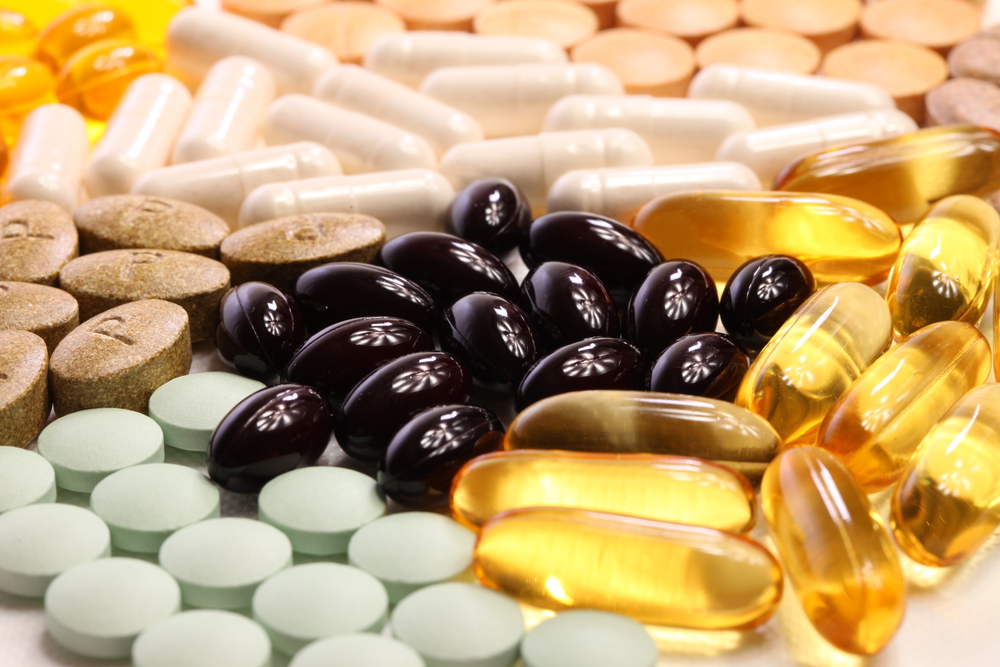
Drawbacks of Tablets
Despite the many benefits of the tablet manufacturing process, some drawbacks need to be considered:
- Swallowing tablets can be challenging for some individuals, particularly children and the elderly.
- There can be variations in the absorption of tablets among patients; this absorption may depend on the digestive system’s ability to process active ingredients, leading to inconsistency in treatment efficacy among different users.
- Not all medications are suitable for tablet production; those with slow solubility or high doses may encounter production difficulties (e.g., insulin, hormone extracts for diabetes, etc.).
What Factors Influence the Tablet Manufacturing Process
The tablet manufacturing process is complex and influenced by many factors. Below are the most important factors that affect selecting an appropriate tablet manufacturing process.
Raw Material Properties
The properties of raw materials, particularly the active pharmaceutical ingredients (APIs), play a crucial role in the tablet manufacturing process. The compressibility of the API, along with its physical and chemical stability during production, directly impacts the efficacy and quality of the final tablet. Highly stable materials will facilitate a smoother manufacturing process.
Granulation Method
The granulation method is also a key factor in the tablet manufacturing process. Different techniques, such as wet granulation, dry granulation, or direct compression, are suited to various materials and product requirements. Selecting the appropriate granulation method affects not only the powder’s flow and compressibility but also the tablet’s final quality.
Compression Parameters (Pressure, Speed)
Compression parameters such as pressure and speed significantly influence the manufacturing process. Proper compression ensures that the tablets have uniform size, shape, and density while optimizing production efficiency. Accurately adjusting these parameters is essential to achieve the highest tablet quality.
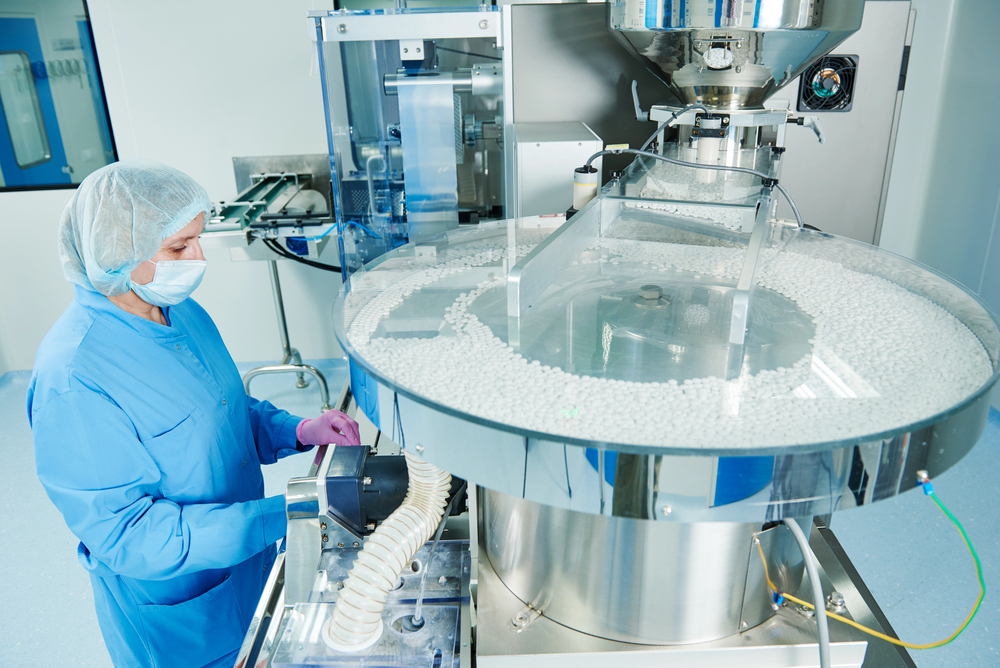
Types of Equipment Used in Tablet Manufacturing
Size Reduction Equipment
Size reduction equipment plays a crucial role in preparing materials for tablet production. Mills such as hammer mills, vibrating mills, and ball mills are used to grind pharmaceutical ingredients, ensuring that the powder has a uniform particle size suitable for subsequent stages.
It is important to note that tablet dimensions may adversely affect the manufacturing process, treatment efficacy, and overall yield without appropriate sizing and increase waste. Mills can also be classified into wet and dry grinders for those using mechanical energy to break larger particles into uniform fine particles.
Weighing Balance Machinery
Weighing machines are essential for accurately determining the weight of pharmaceutical components. This equipment is available in electronic balances and bulk scales, ensuring that the ratios of the ingredients are accurately mixed.
Each facility typically establishes a dedicated weighing area and distributes raw materials to prevent cross-contamination and ensure calibration to avoid discrepancies in the output measurements of each tablet.
Granulators
Granulators are used to produce wet or dry granules, which are vital in the granulation process. Equipment like fluid bed granulators and high-shear granulators helps improve the flow and compressibility of the powder, thereby enhancing the production process’s efficiency.
Mixing Equipment
Mixing equipment, such as pneumatic mixers and planetary mixers, is used to thoroughly mix powder components and excipients. Ensuring uniformity during mixing is critical for the final product to meet quality standards.
Mixers can also be classified based on the movement of the container, including fixed mixers and rotating shell mixers. Fixed shell mixers have rotating blades that create relatively high shear forces to mix chemicals, while rotating shell mixers use gravity for mixing, resulting in generally lower shear forces.
Drying Equipment
Drying equipment is used to reduce moisture content in the powder and pharmaceutical granules, which is crucial to prevent degradation and maintain product quality. This equipment will also eliminate residual liquid solvents or water content in the pharmaceuticals. Common choices in this process include spray dryers and fluid bed dryers.
Tableting Machinery
Tablet presses, also known as tablet compression machines, are used to compress pharmaceutical powders into tablets of uniform size and weight. Using high-speed tablet presses optimizes the manufacturing process and ensures high-quality tablets.
In a tablet press, the most crucial component is the die tool. This part determines the physical characteristics and the hardness of the output tablet. For some product types, the tablet press is the final piece of equipment used to produce complete tablets.
Coating and Polishing Machines
Coating and polishing machines apply a protective layer to the tablets, helping mask taste and extend shelf life. The use of coating machines not only enhances product appeal but also improves tablet durability.
Tablet coating machines typically consist of a large drum that continuously rotates and circulates hot air from ducts into the drum. Spray guns apply the necessary solvent onto the tablets, and the liquid adheres to the tablets, forming a coating.
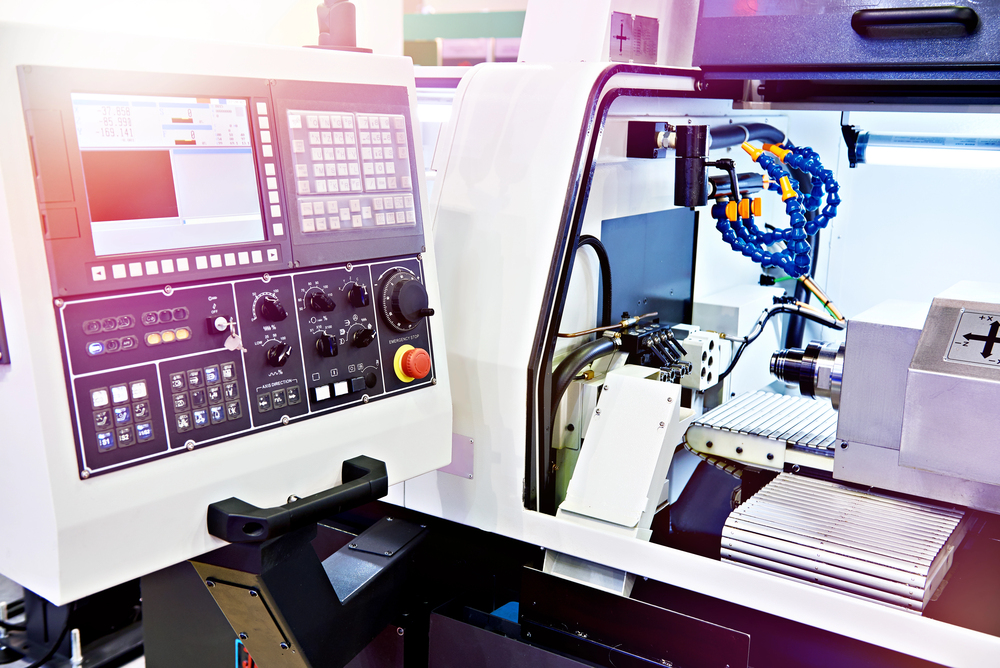
Common Tablet Manufacturing Defects
One of the key issues to consider in the tablet manufacturing process is identifying and addressing defects. Below are some common defects encountered during tablet production and the related factors:
Capping
Capping occurs when the surface of the tablet shows cracks or separation. This can reduce the stability of the tablet and affect its appearance. The main causes of capping are usually improper moisture content in the powder or excessively high compression pressure. To address this, it’s important to control moisture levels and adjust the compression pressure to ensure uniformity.
Chipping
Chipping refers to the condition where the tablet breaks, causing small pieces to appear on the surface or edges. The primary cause of this defect is often abrasion during the coating process or insufficient compression. Optimizing the compression process and carefully storing the tablets is essential to minimize this issue.
Sticking and Picking
Sticking and picking are problems that occur when tablets stick to the mold, or excess powder adheres to the surface. This can be due to poor mold quality, uneven lubricant application, or inappropriate moisture content.
Additionally, uneven particle size can contribute to this issue. To resolve it, check the mold surface, use suitable lubricants, and adjust the moisture content of the raw materials before compression.
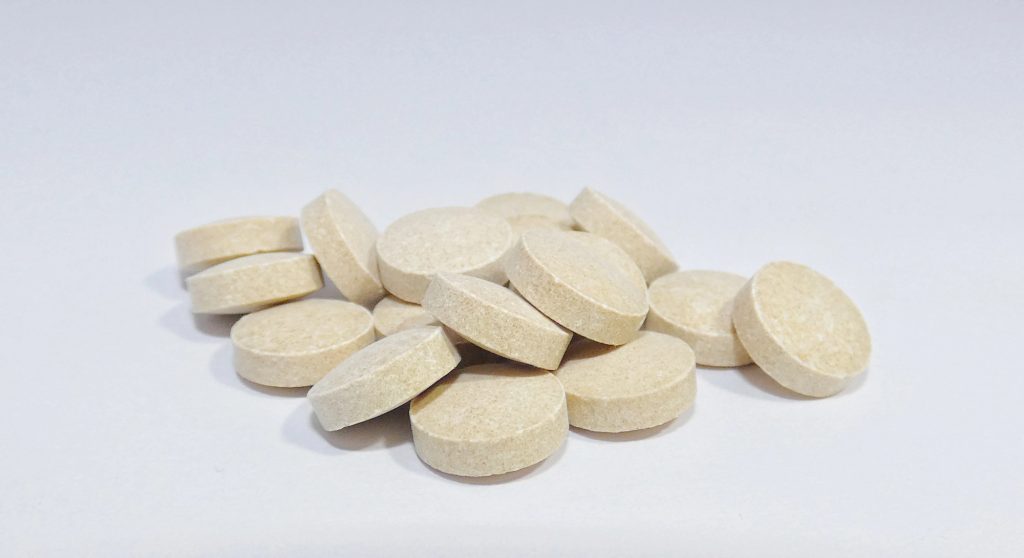
How to Choose a Trustworthy Manufacturer for Tablet Supplements
To select a reliable manufacturer for tablet supplements, consider the following points:
- Modern Facilities: The facility should be designed to high industry standards and equipped with the latest technology, complying with regulatory requirements. Using modern machinery can minimize risks and enhance precision in tablet production.
- Quality Ingredients: The manufacturer should ensure the sourcing of materials, providing pure and safe active ingredients.
- Highly Skilled Experts: The manufacturer you choose should invest significantly in research and development and a skilled workforce to stay at the forefront of innovation in the supplement industry.
- Commitment to Customization and Flexibility: The ideal manufacturer should offer tailored solutions to meet individual customer needs and be flexible in adjusting tablet sizes and formulations.
- Certified Manufacturing Processes: The manufacturer must adhere to strict GMP guidelines and possess various registrations to ensure the tablet production process meets industry standards.
Things to Consider When Making Your Own Tablets
If you are looking to produce your own tablets, here are some useful tips:
- Start with a small batch to control formulation, size, temperature, and pressure effectively.
- Use high-quality, non-allergenic, non-GMO ingredients without additives.
- Choose appropriate equipment to enhance efficiency in capsule production.
- Follow the initial formula closely to ensure success rates and minimize waste.
- Accurately measure with scales and carefully calculate when combining ingredients.
- Properly package and store the finished products in a dry, cool place to extend shelf life.
Conclusion
In summary, the tablet manufacturing process for supplements is a sophisticated procedure that requires attention to detail and consideration of influencing factors. Each step plays a crucial role in creating safe and effective products, from choosing raw materials to manufacturing techniques and quality testing. I hope this article provides a comprehensive overview of the tablet production process and health product selection considerations.

